Food Assembly Line - Chinese Manufacturer, Factory, Supplier
Modern food manufacturing relies on meticulously designed food assembly line systems that transform raw ingredients into finished products through sequential processing stages. These sophisticated installations represent the convergence of industrial engineering and culinary science, where efficiency meets quality control in large-scale production environments.
Component preparation stations initiate the food assembly line workflow through ingredient preprocessing operations. Automated washing systems, cutting mechanisms, and portioning equipment prepare individual components to exact specifications before they enter the main assembly sequence. Temperature-controlled staging areas maintain ingredient integrity while preventing bacterial proliferation during extended processing cycles.
Conveyor systems form the backbone of every food assembly line, utilizing various transport mechanisms including belt conveyors, pneumatic tubes, and gravity-fed chutes. These networks move products between processing stations with minimal human intervention while maintaining product orientation and spacing requirements essential for downstream operations.
Assembly stations feature specialized equipment designed for specific product categories. Sandwich production lines incorporate automated spreading mechanisms, ingredient dispensing systems, and compression plates that create uniform products at rapid speeds. Pizza assembly systems utilize sauce applicators, cheese distribution mechanisms, and topping placement robots that achieve consistent coverage patterns across product surfaces.
Quality control checkpoints throughout the food assembly line employ optical scanning systems, weight verification stations, and temperature monitoring equipment. These automated inspection points identify defective products and remove them from the production stream without disrupting overall line efficiency.
Packaging integration represents the final phase of most food assembly line operations. Wrapping machines, vacuum sealers, and labeling systems complete product preparation for distribution while maintaining food safety standards through controlled atmosphere packaging and tamper-evident sealing technologies.
Process control systems monitor every aspect of food assembly line performance through networked sensors and programmable logic controllers. These systems track production rates, ingredient usage, equipment performance, and quality metrics in real-time, enabling immediate adjustments that maintain optimal operational parameters.
Sanitation protocols within food assembly environments require specialized cleaning systems including clean-in-place equipment, sanitizing stations, and air filtration networks. These systems maintain hygienic conditions while minimizing production downtime associated with manual cleaning procedures.
Modern food assembly line installations achieve remarkable throughput rates while adhering to stringent food safety regulations. Automated systems reduce labor costs, minimize contamination risks, and ensure consistent product quality that meets consumer expectations across diverse food categories, from prepared meals to confectionery products.

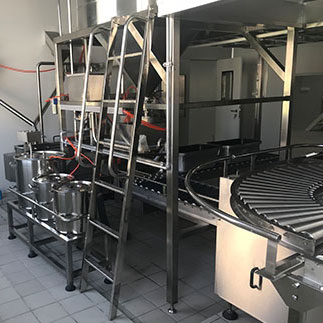 Cold Chain Rice Production Line
Cold Chain Rice Production Line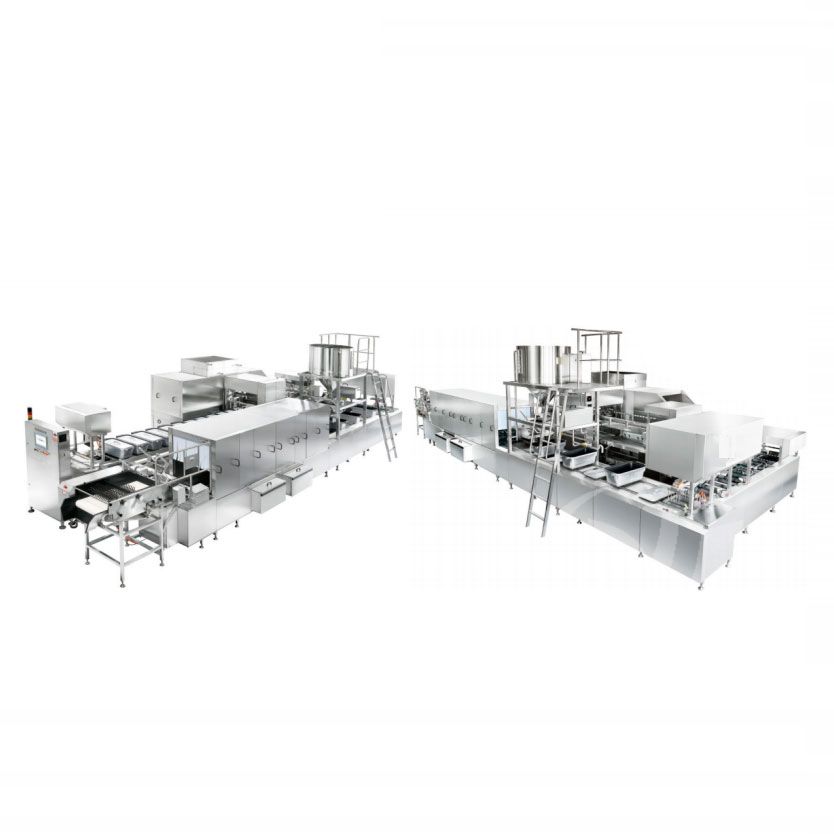 Unmanned Intelligent Rice Production Line
Unmanned Intelligent Rice Production Line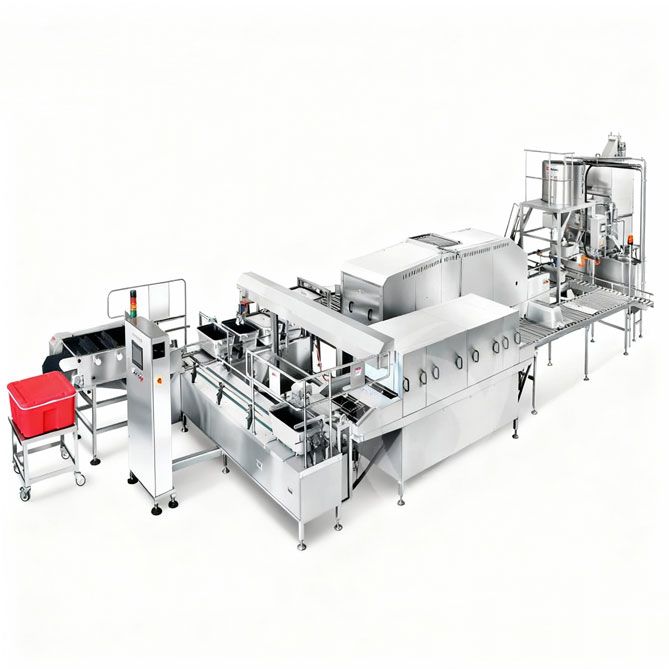 Robotic Rice Production Line
Robotic Rice Production Line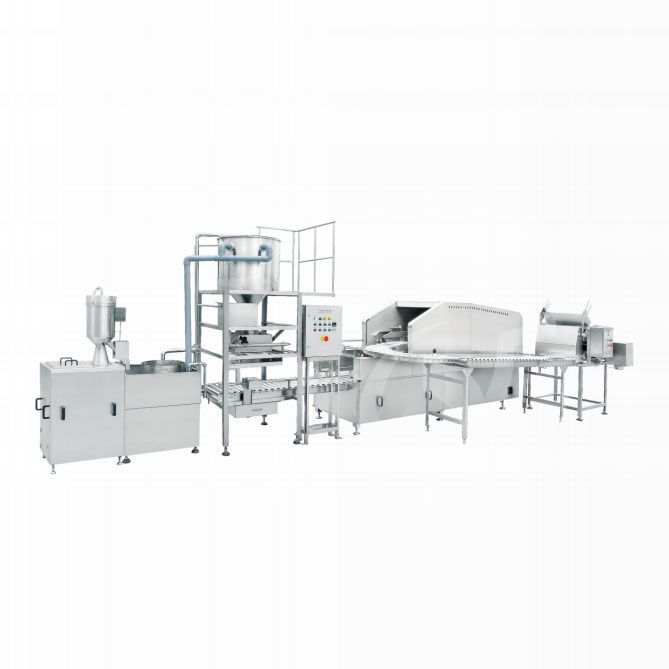 Automatic Rice Production Line
Automatic Rice Production Line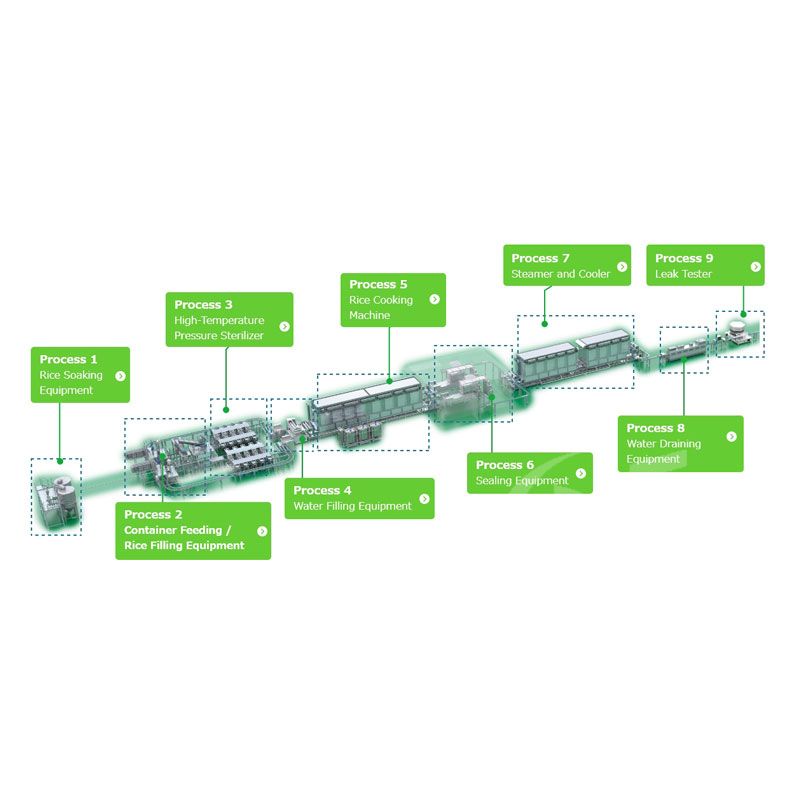 Aseptic Rice Production Line
Aseptic Rice Production Line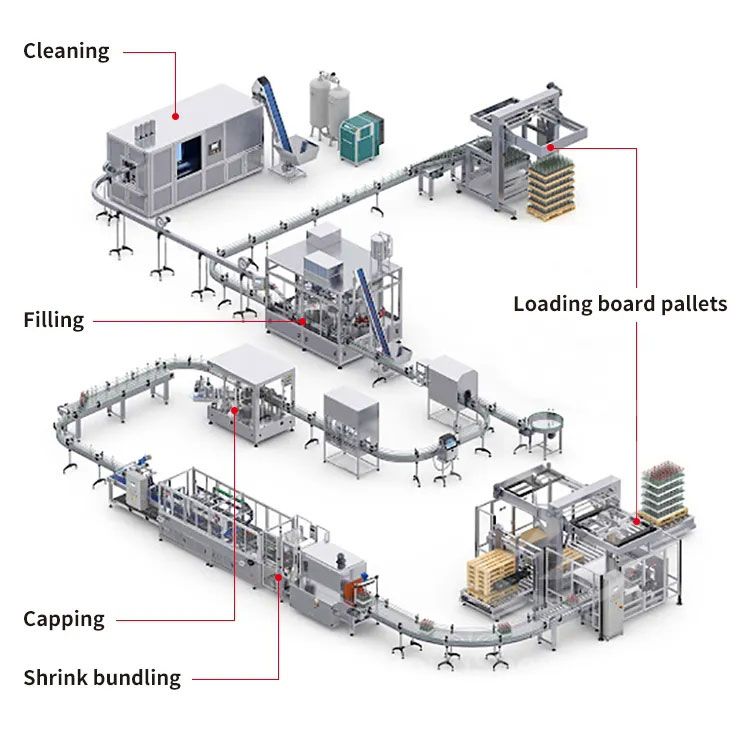 Aseptic Canning Production Line Equipment
Aseptic Canning Production Line Equipment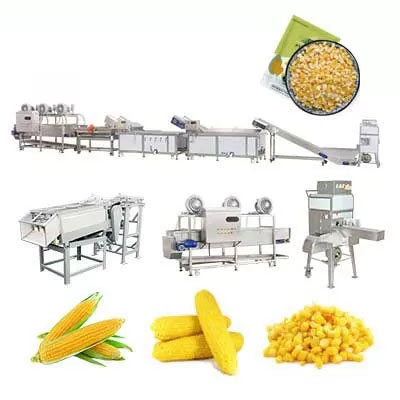 Sweet Corn Canning Production Line
Sweet Corn Canning Production Line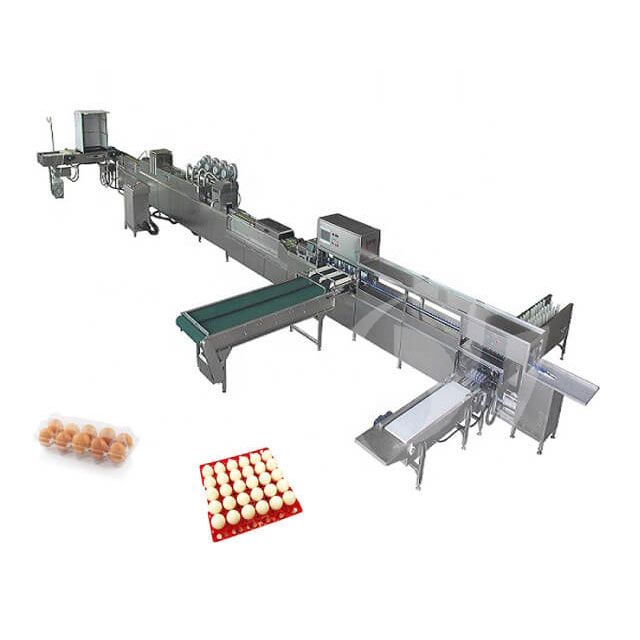 Egg Canning Production Line
Egg Canning Production Line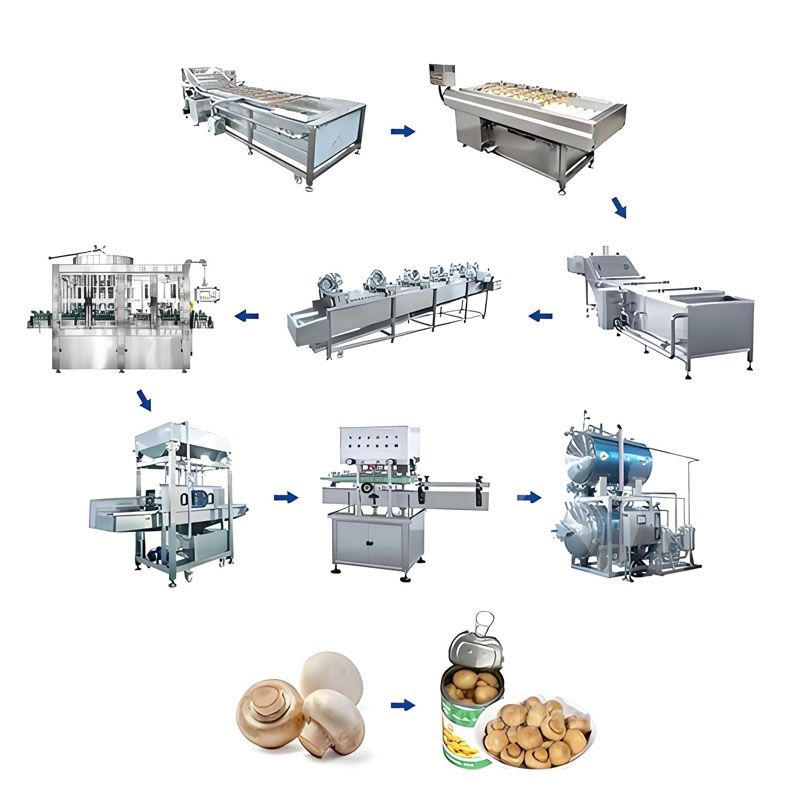 Button Mushroom Canning Production Line
Button Mushroom Canning Production Line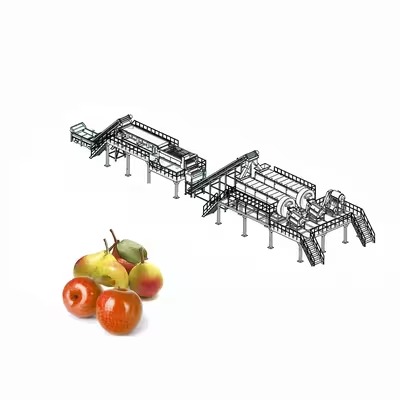 Apple Canning Production Line
Apple Canning Production Line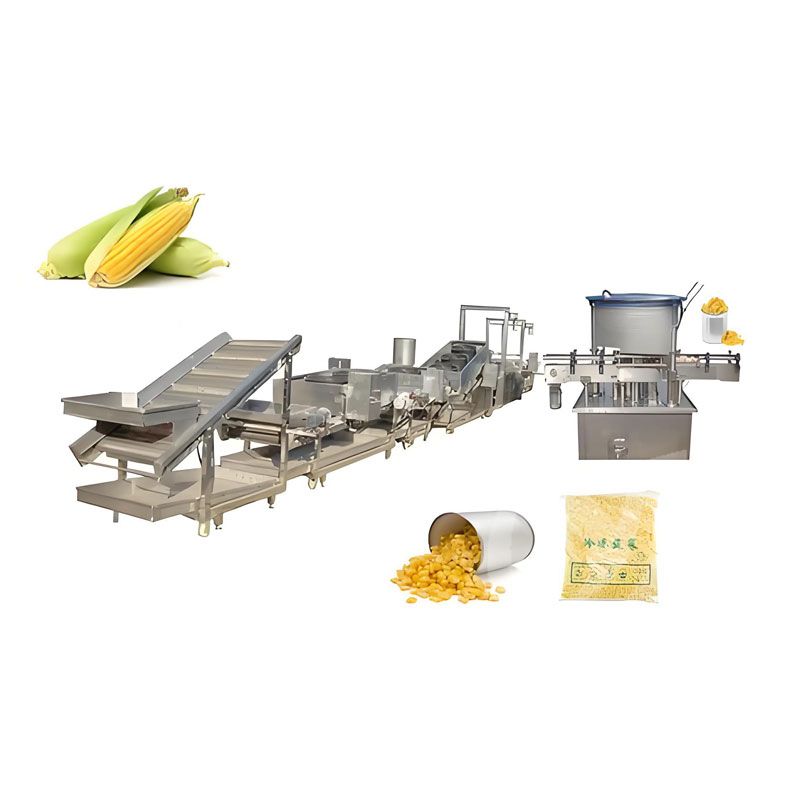 Corn Canning Production Line
Corn Canning Production Line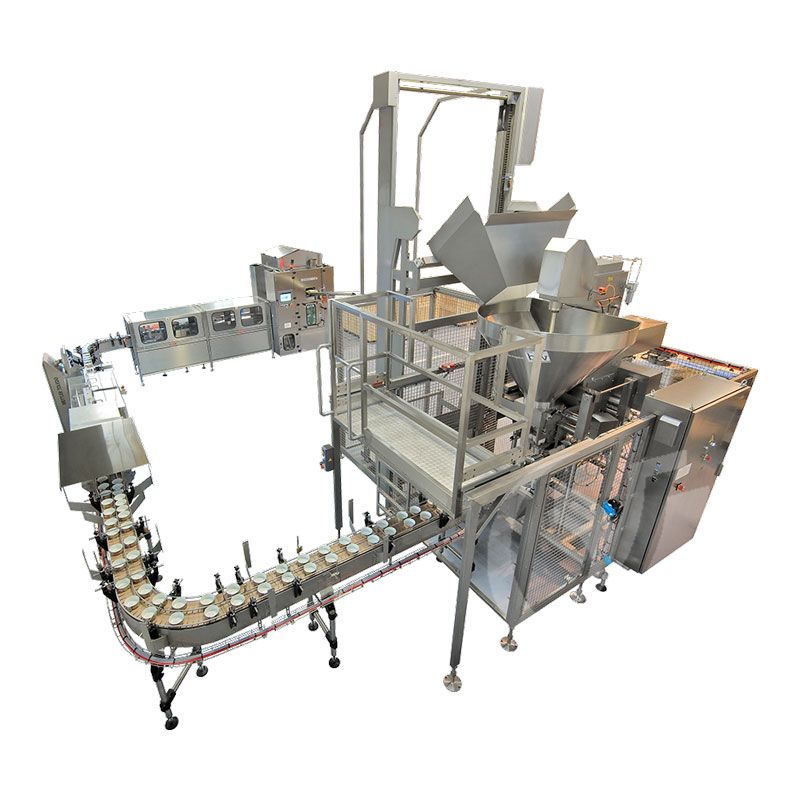 Meat Canned Food Production Line
Meat Canned Food Production Line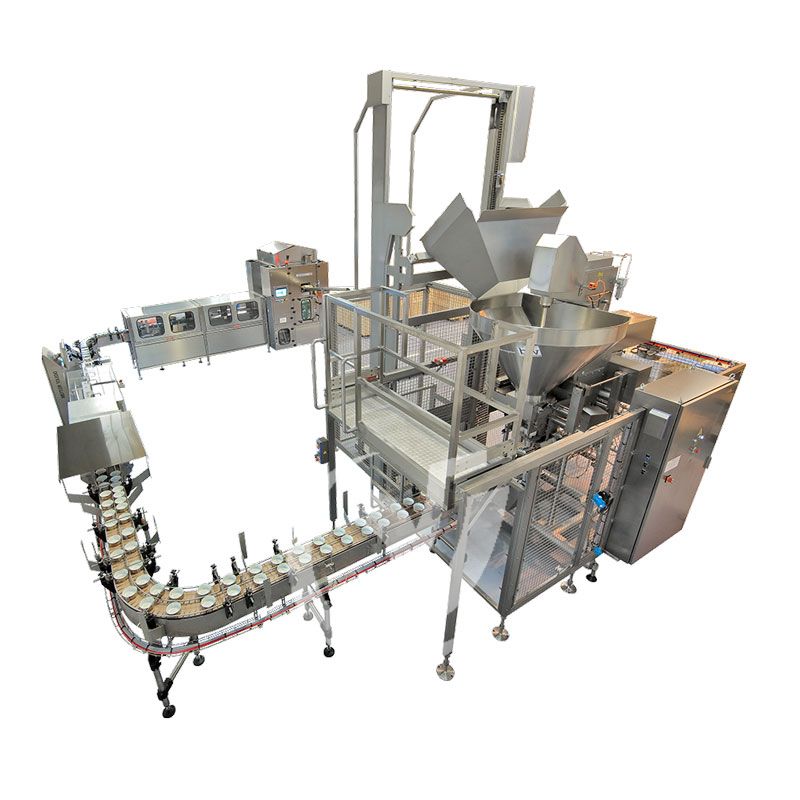 Pet Fish Meat Canning Production Line
Pet Fish Meat Canning Production Line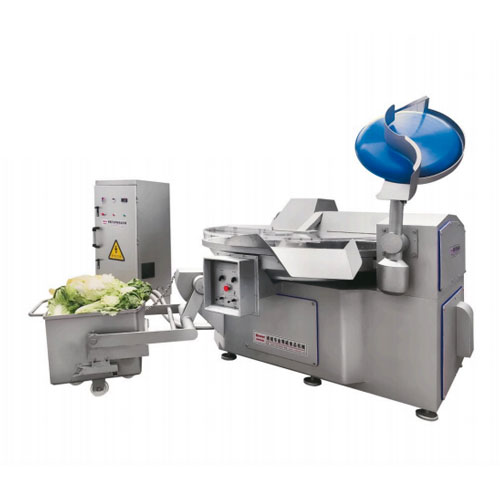 Model 330 Frequency Conversion High Speed Chopper
Model 330 Frequency Conversion High Speed Chopper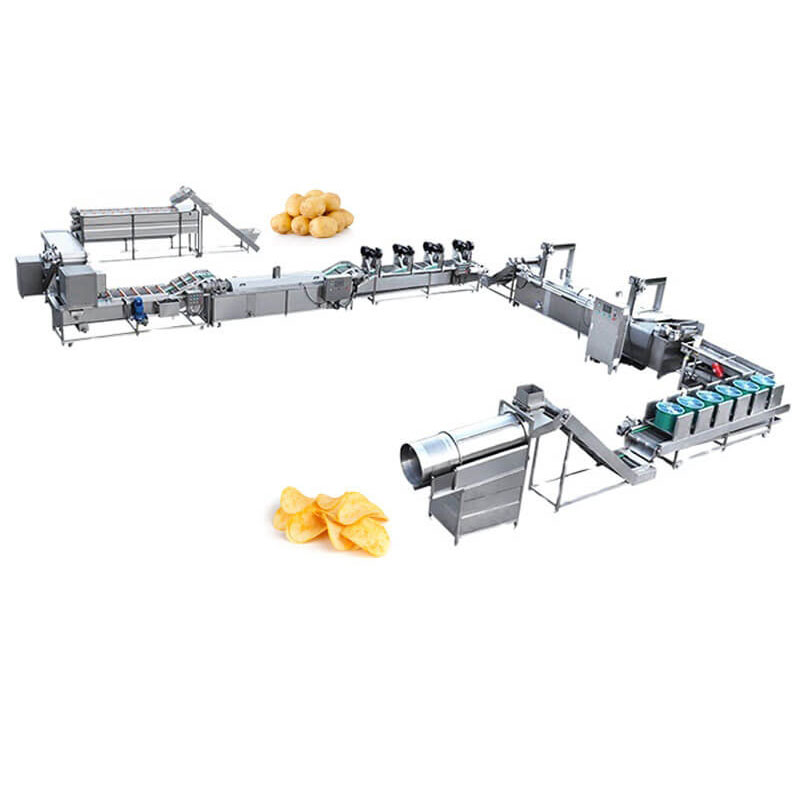 Automatic Potato Chips Production Line
Automatic Potato Chips Production Line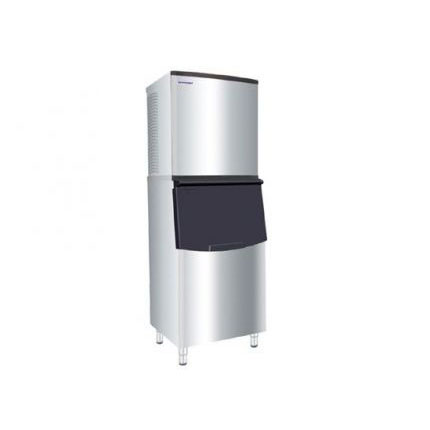 SF Series Snowflake Ice Machine
SF Series Snowflake Ice Machine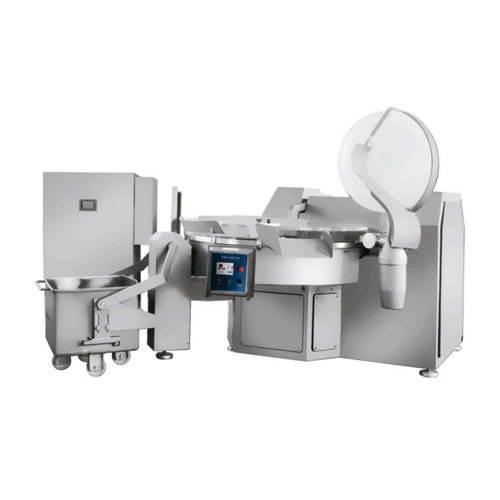 Model 200 Frequency Conversion High Speed Chopper
Model 200 Frequency Conversion High Speed Chopper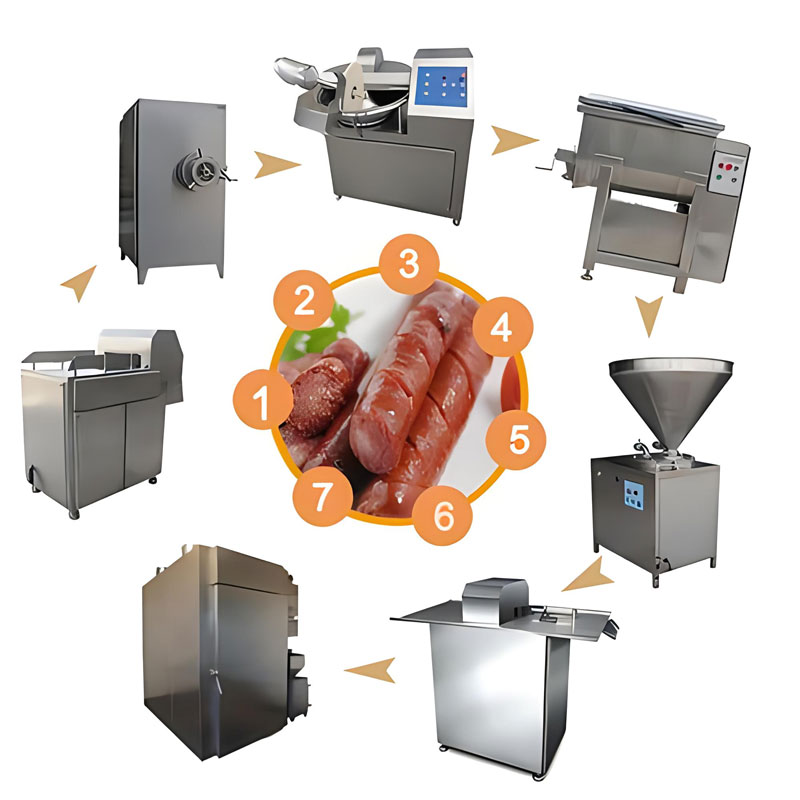 Sausage Processing Line
Sausage Processing Line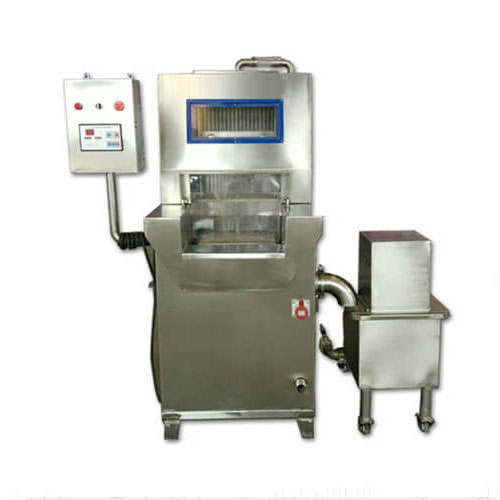 Brine Injector
Brine Injector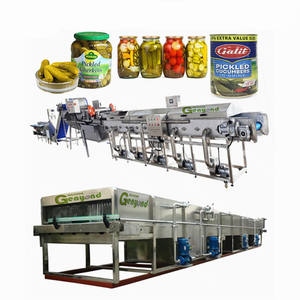 Vegetable Canning Production Line
Vegetable Canning Production Line